
Say "Puglia" to any Italian, and the first images coming to the mind are awesome sandy beaches and "trulli", the traditional dry stone huts with a conical roof. Originally used as temporary field shelters and storehouses or as permanent dwellings by small proprietors and agricultural labourers, trulli became fairytale-like elegant landmarks of the fertile plains and scenic hills of Itria Valley, dotted with magnificent centenary olive trees and partitioned into small plots of around one hectar, bordered by the typical “dry stone” low walls.
In some cases, entire villages were built using the complex masonry technique of cutting blocks of tuff and sandstone and creating domes and roofs covered with stone slabs, guaranteeing both infinite solidity and perfect, natural air conditioning. A local friend recommended us to visit Locorotondo as alternative to the (very) popular Alberobello, a world-class Unesco-heritage site.
The center of this small city is completely built in the trulli style including a mid-size church and most of the best houses host souvenir shops and restaurants, but it is enough (as usual) to leave the beaten track and wander through the other side of town to enjoy a more genuine perception of this unique form of architecture.
The center of this small city is completely built in the trulli style including a mid-size church and most of the best houses host souvenir shops and restaurants, but it is enough (as usual) to leave the beaten track and wander through the other side of town to enjoy a more genuine perception of this unique form of architecture.
To perceive what is the everyday life in “fairytale dwellings”, there is no better way than to spend a day or more in a 300 years old “masseria” lovely restructured by the family who owns it since endless generations.
The current owners are extremely friendly and hospitable, proudly showing us all the properties: the highlights are a delightful flat built inside the former stable, with watering place and manger still in place, and the 17th century private church, where they regularly prepare a charming Nativity set complete with artistic figures purchased in Napoli, with a “population” growing every Christmas. The walls are so thick that it is now possible to dig a whole modern bathroom inside of them, while the cupola domes, scenic terraces overlooking vine fields and the impressive stone skyline of Locorotondo are charming beyond words.
The current owners are extremely friendly and hospitable, proudly showing us all the properties: the highlights are a delightful flat built inside the former stable, with watering place and manger still in place, and the 17th century private church, where they regularly prepare a charming Nativity set complete with artistic figures purchased in Napoli, with a “population” growing every Christmas. The walls are so thick that it is now possible to dig a whole modern bathroom inside of them, while the cupola domes, scenic terraces overlooking vine fields and the impressive stone skyline of Locorotondo are charming beyond words.
Exploring the scenic countryside covered with "trulli", vineyards (donating fairly good red wines too...) and olive trees, we came across Martina Franca. A beautiful old town enjoying a commanding view of the fertile Itria Valley, known since the times of the Magna Grecia colonies and whose population in the 15th century was almost half Jewish, before being massacred by king Frederick of Aragon. Surrounded by stone walls with prominent Baroque gates, a maze of narrow, winding streets (eventually) leads you to a scenic piazza dominated by the magnificent "Basilica di San Martino". A great spot for an early afternoon walk, blazed by light.
"Norcineria" is a traditional artisanal Italian salami shop, specialised in pork meat delicacies. Originally from the ancient town of Norcia in Umbia (hometown of St Benedict of Nursia), norcinerie developed also in Puglia, and now Martina Franca is a "pilgrimage site" for "bracerie" (grill restaurants) serving home-made sausages with fennel seeds, capocollo (made from the dry-cured muscle running from the neck to the 5th rib of the pork shoulder or neck), "bombette" (skewers of rolls of pork meat filled with cheese) which we duly enjoyed in the piazza overlooking the pompous Basilica di San Martino.
When you ask the locals about fish dishes, they will normally reply "fish? the sea is TWENTY kilometers away, here is all about meat!"... Buon appetito and keep following our "Puglia gourmand tour" by Cook & Meet.
When you ask the locals about fish dishes, they will normally reply "fish? the sea is TWENTY kilometers away, here is all about meat!"... Buon appetito and keep following our "Puglia gourmand tour" by Cook & Meet.
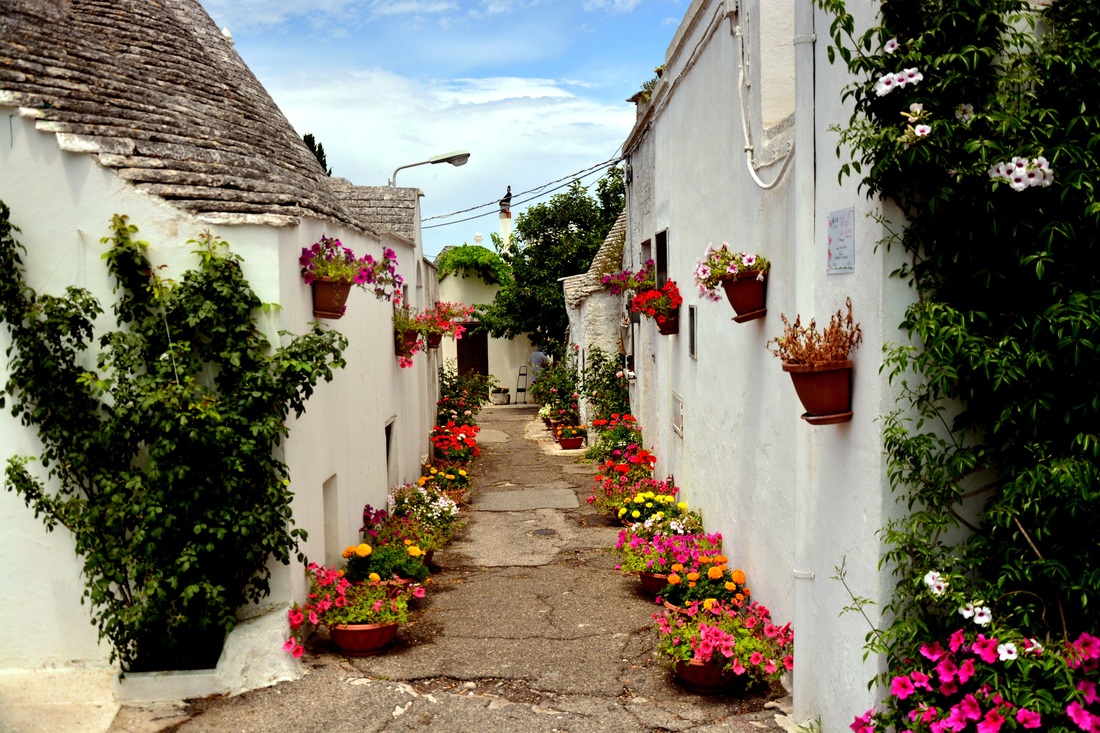
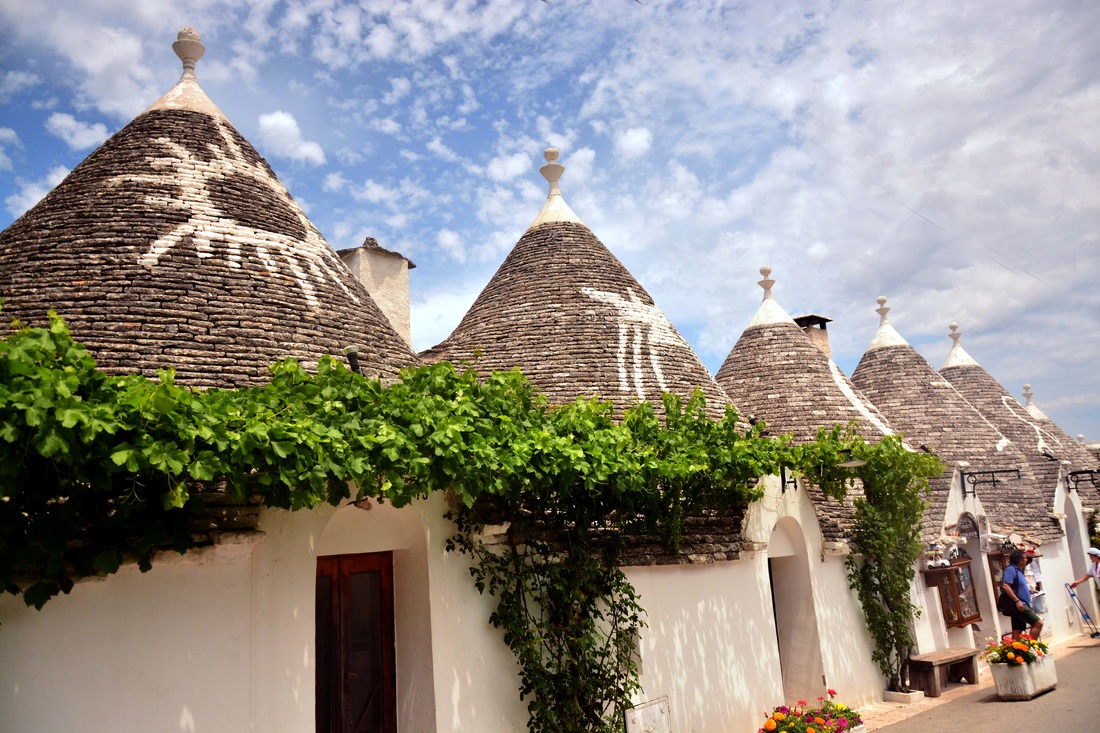
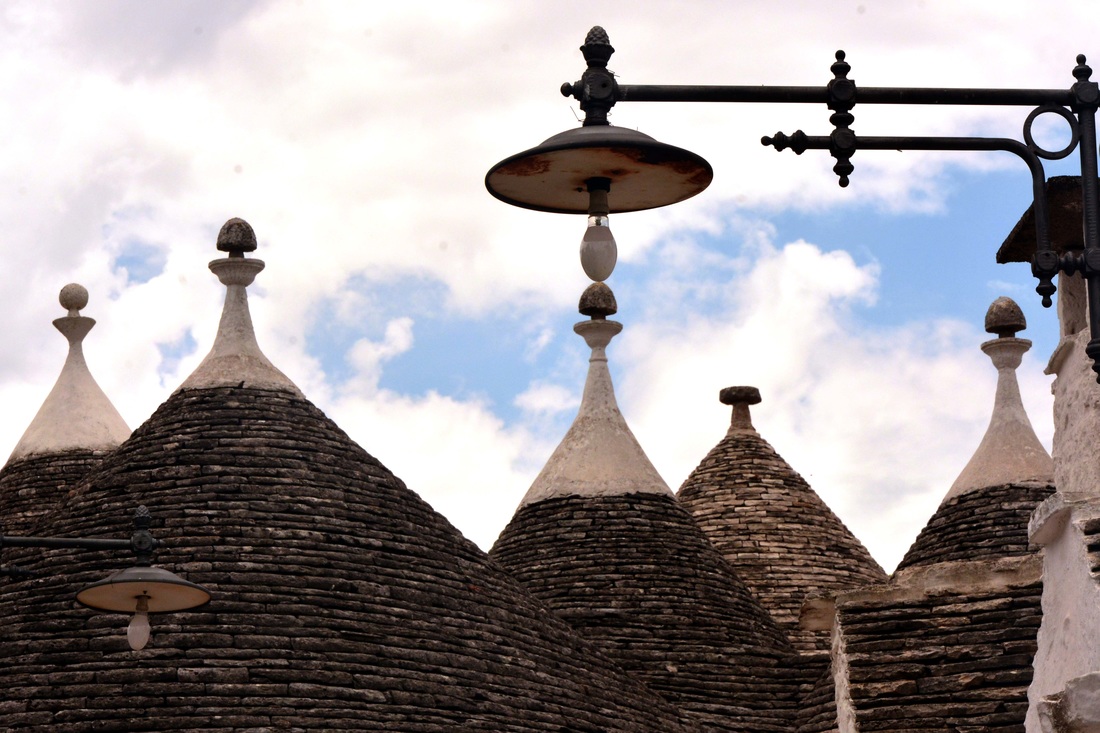
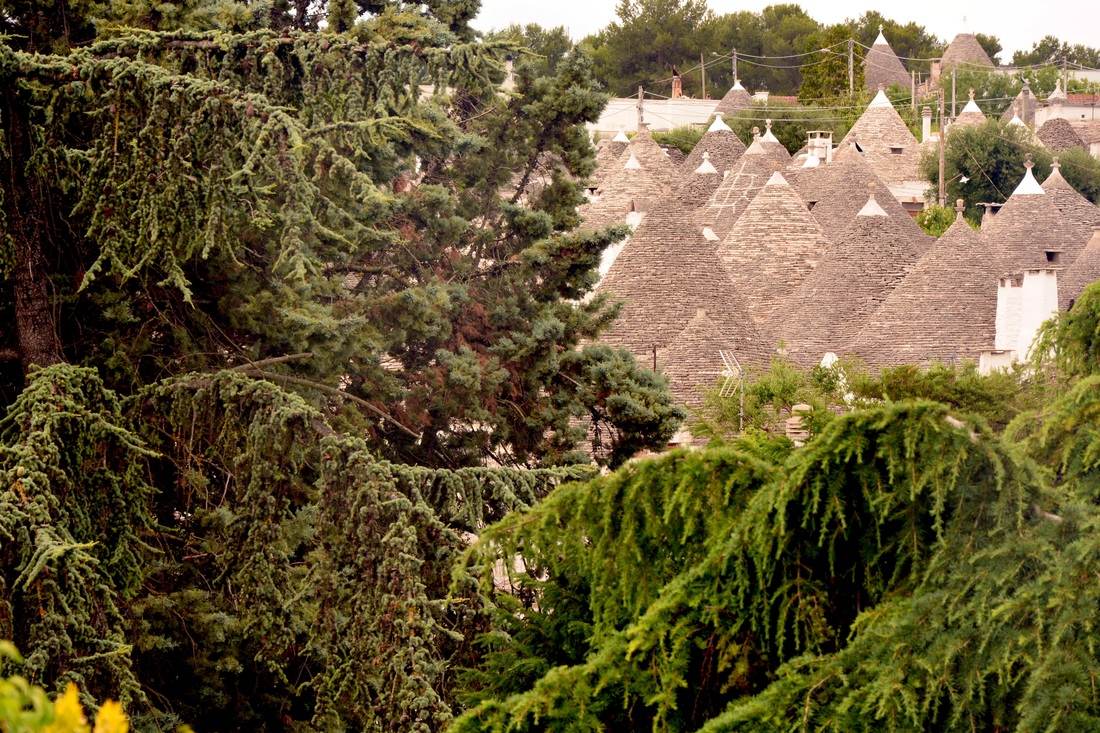



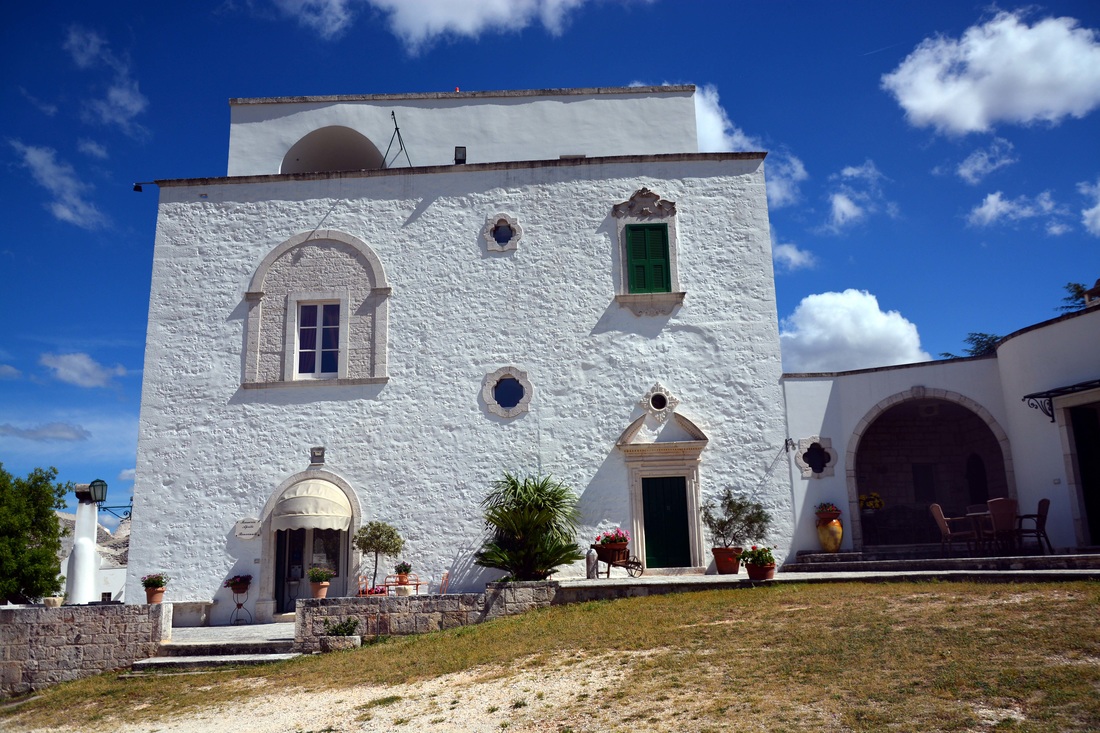
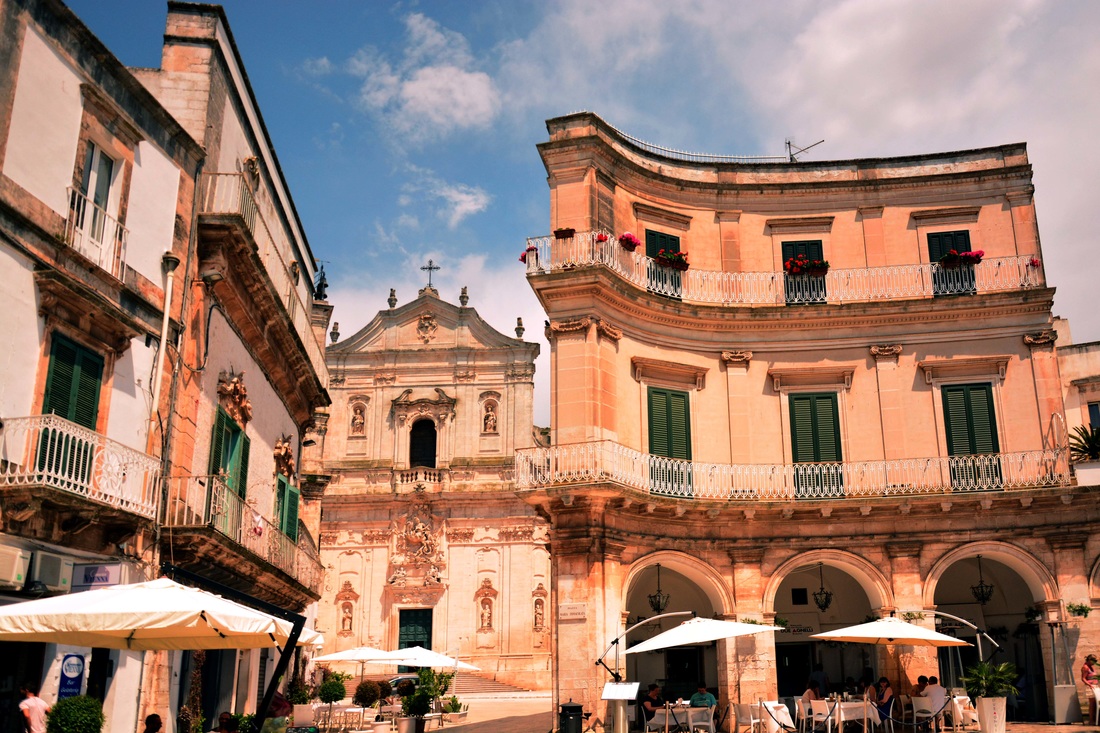
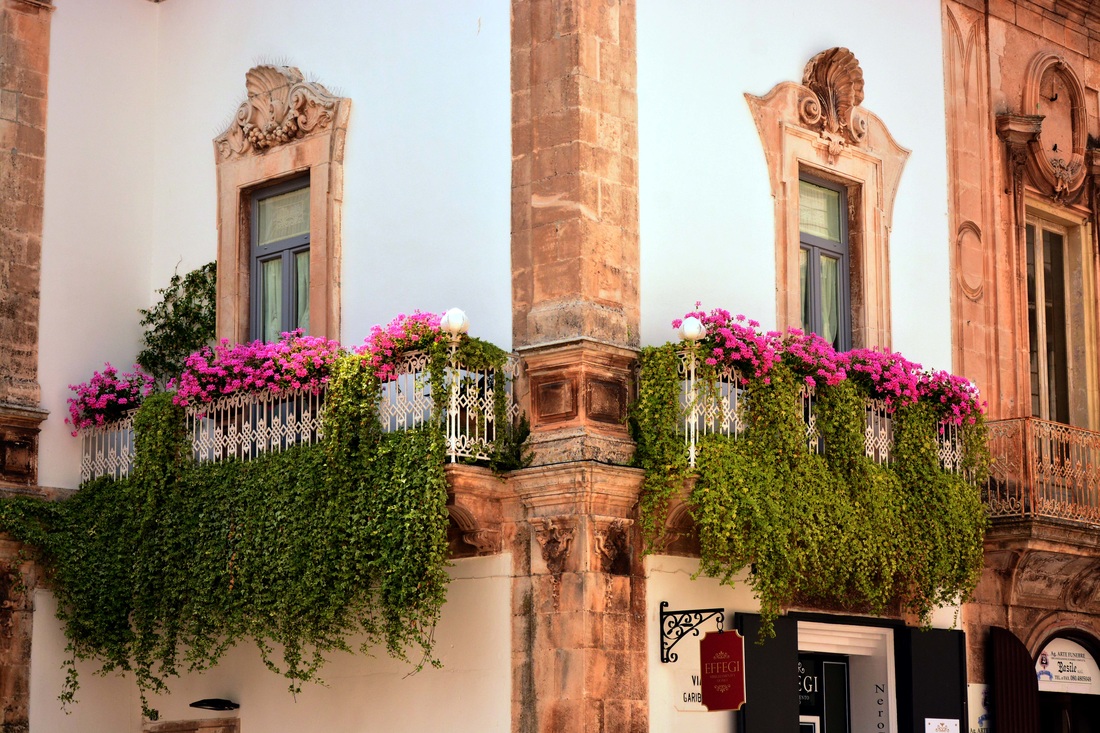
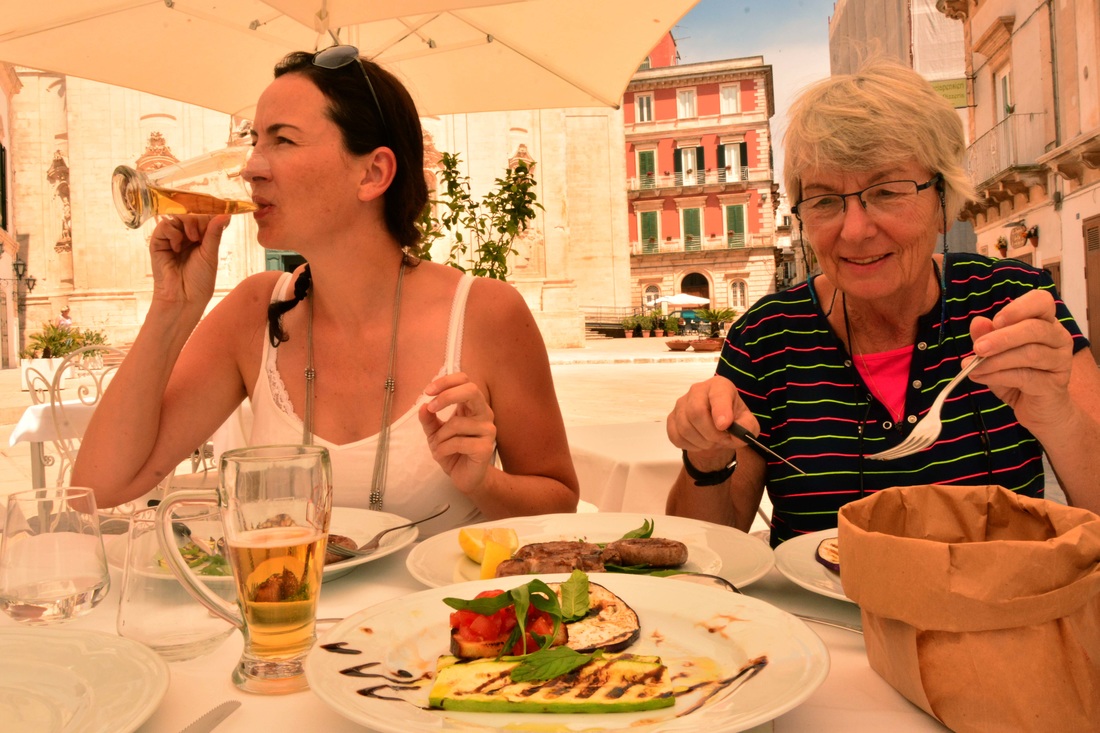

 RSS Feed
RSS Feed
